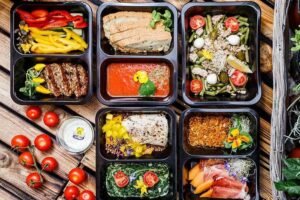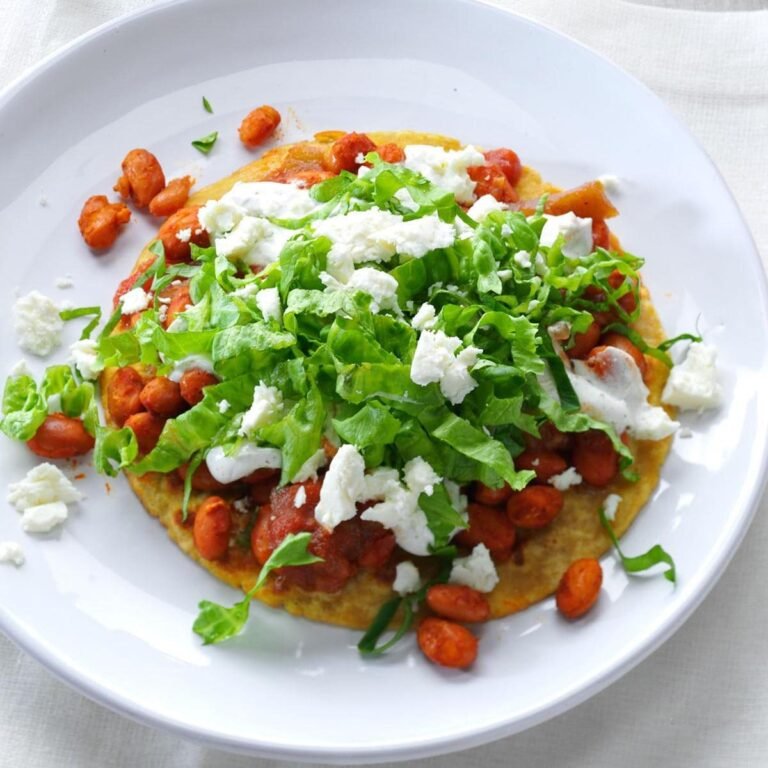The Ultimate Guide to Meal Prep for Weight Loss
Meal prepping is one of the most effective strategies for weight loss because it helps control portion sizes, reduces the temptation to order unhealthy takeout, and ensures that you have nutrient-dense meals ready when hunger strikes. This guide will take you through everything you need to know about meal prep for weight loss, from planning and shopping to prepping and storing your meals efficiently.
1. Why Meal Prep Is Effective for Weight Loss
Meal prepping offers a structured approach to eating, which is crucial for anyone looking to lose weight. Here’s why it works:
a. Portion Control
By preparing meals in advance, you can measure out appropriate portion sizes, ensuring you don’t overeat. This is especially important if you’re counting calories or tracking macros (proteins, carbs, and fats) to meet specific weight loss goals.
b. Consistency
Consistency is key in weight loss, and meal prep helps you stick to a balanced diet. You’re less likely to reach for unhealthy snacks or fast food when you have pre-prepared meals ready to go.
c. Time-Saving
Meal prep reduces the time spent on daily cooking and decision-making. With busy schedules, it’s easy to grab unhealthy options when there’s no time to cook. Prepping your meals in bulk ensures you always have something healthy to eat.
d. Less Temptation
When you have healthy meals and snacks prepped, the temptation to stray from your diet is minimized. You’re less likely to opt for high-calorie convenience foods or sugary snacks when you already have meals prepared.
2. Meal Prep Basics: How to Get Started
Starting with meal prep can seem overwhelming, but following these steps can simplify the process.
a. Set Clear Goals
Before you begin, define your weight loss goals. Knowing how many calories you should consume daily will help you plan the portion sizes and types of meals to prepare. You can use online calculators or consult a dietitian to figure out how many calories you should consume to lose weight at a healthy rate.
b. Choose a Meal Prep Strategy
There are several approaches to meal prep:
- Full meal prep: Preparing full meals for the week ahead.
- Batch cooking: Cooking large quantities of one type of food (e.g., a large batch of grilled chicken or roasted vegetables) and using it in various meals throughout the week.
- Pre-chopping ingredients: Prepping ingredients like vegetables, grains, and proteins so they’re ready to be quickly cooked when needed.
Choose a method that suits your lifestyle and time constraints.
c. Create a Weekly Meal Plan
Once you know how many calories you need to consume and the type of meals you want, create a weekly meal plan. Planning meals in advance helps you maintain variety and ensures that you’re eating balanced meals.
Tips for a balanced meal:
- Include lean protein sources (chicken, fish, tofu, or eggs) to keep you full.
- Add a serving of whole grains (brown rice, quinoa, or oats) for fiber and energy.
- Fill half your plate with non-starchy vegetables (broccoli, spinach, bell peppers).
- Incorporate healthy fats (avocados, nuts, olive oil) in moderation.
d. Grocery Shopping
Once your meal plan is ready, make a grocery list. Having a list ensures you buy only what you need, avoiding impulse purchases of unhealthy items. Stick to the perimeter of the grocery store, where fresh produce, meats, and dairy are located.
e. Invest in Meal Prep Containers
Good quality, leak-proof containers are essential for meal prepping. Use a variety of container sizes for different meals and snacks. Glass containers are a good option as they’re safe for microwave reheating and don’t absorb odors or stains like plastic.
3. Meal Prep Ideas for Weight Loss

Here are some meal prep ideas for breakfast, lunch, dinner, and snacks to keep your diet varied and delicious:
a. Breakfast
Starting your day with a nutritious breakfast sets the tone for the rest of your day. Consider meal-prepping these easy, healthy options:
- Overnight oats: Combine oats, almond milk, chia seeds, and your favorite fruits in a jar. Leave it overnight, and you have a ready-to-eat breakfast.
- Egg muffins: Whisk eggs, spinach, bell peppers, and turkey or ham. Pour the mixture into a muffin tin and bake. These can be stored in the fridge for the week.
- Greek yogurt parfaits: Layer Greek yogurt with granola and berries in a container for a high-protein, satisfying breakfast.
b. Lunch
Lunch should be hearty enough to keep you energized through the day without causing a mid-afternoon energy slump. Here are some meal-prep-friendly ideas:
- Grilled chicken salads: Grill a batch of chicken breasts and pair with mixed greens, cherry tomatoes, cucumbers, and a light vinaigrette.
- Quinoa bowls: Cook quinoa in bulk and add roasted vegetables, lean protein (like salmon or chicken), and a healthy fat source like avocado or olive oil.
- Wraps or lettuce wraps: Use whole-grain tortillas or large lettuce leaves to create wraps filled with turkey, hummus, and plenty of veggies.
c. Dinner
Your dinner meals should be balanced and satisfying, preventing late-night snacking. Here are some easy options:
- Stir-fry: Cook a large batch of lean protein (like shrimp or chicken), assorted vegetables, and a light sauce. Serve with brown rice or cauliflower rice.
- Baked salmon and veggies: Bake salmon fillets with a side of roasted Brussels sprouts, sweet potatoes, and zucchini. These can be divided into individual portions.
- Turkey meatballs with zucchini noodles: Prepare turkey or chicken meatballs in advance and serve with zucchini noodles or whole-wheat pasta.
d. Snacks
Healthy snacks can help curb hunger between meals without sabotaging your weight loss goals. Prep these snacks in advance:
- Veggies with hummus: Cut cucumbers, carrots, and bell peppers, and portion them out with hummus for dipping.
- Nuts and seeds: Portion out small servings of almonds, walnuts, or mixed seeds for a quick and nutritious snack.
- Greek yogurt with berries: Portion individual servings of yogurt and berries for a protein-rich snack.
4. How to Store and Reheat Meals

Proper storage is key to ensuring that your prepped meals stay fresh and safe to eat throughout the week. Follow these guidelines:
a. Refrigeration
Meals can be stored in the fridge for 3-5 days. If you’re prepping for the entire week, consider storing some meals in the freezer to maintain freshness.
- Store salads without dressing to prevent them from becoming soggy.
- Keep cooked grains and proteins in separate containers to mix and match throughout the week.
b. Freezing
Freezing meals extends their shelf life up to 3 months. Choose freezer-safe containers and label them with the date to keep track of when they were prepared.
- Soups, stews, and casseroles freeze particularly well.
- Portion meals into individual containers so you can grab and thaw only what you need.
c. Reheating
When reheating, make sure the food is heated thoroughly to avoid any food safety issues.
- Most meals can be reheated in the microwave or on the stovetop.
- For items like stir-fries or roasted veggies, reheating in the oven or a pan on the stove can help maintain texture.
5. Tips for Long-Term Success

To ensure your meal prep efforts translate into sustainable weight loss, follow these tips:
a. Keep It Simple
Start with simple, easy-to-make recipes that you enjoy. As you get comfortable, you can experiment with new recipes and cooking techniques. Don’t overwhelm yourself by trying to prepare complicated dishes right away.
b. Stay Consistent
Make meal prepping a habit by setting aside a specific time each week to plan, shop, and cook. Sunday afternoons or evenings are a popular choice, but choose whatever time works best for you.
c. Don’t Skip Snacks
Healthy snacks prevent overeating at meals by keeping hunger at bay. Pre-portion them to avoid mindless snacking.
d. Adjust as Needed
If you find certain meals are getting boring, switch them out for new recipes. Likewise, if your weight loss plateaus, revisit your calorie needs and adjust portions or ingredients accordingly.
e. Hydrate
Don’t forget about hydration! Drinking plenty of water throughout the day helps with digestion, curbs hunger, and keeps you energized.
Conclusion
Meal prepping is a game-changer when it comes to weight loss. By planning and preparing your meals in advance, you gain control over your food choices, portion sizes, and overall nutrition. With the right strategy and consistency, meal prep will help you stay on track, making healthy eating easy and accessible every day. Embrace the process, stay flexible, and enjoy the rewards of achieving your weight loss goals!




